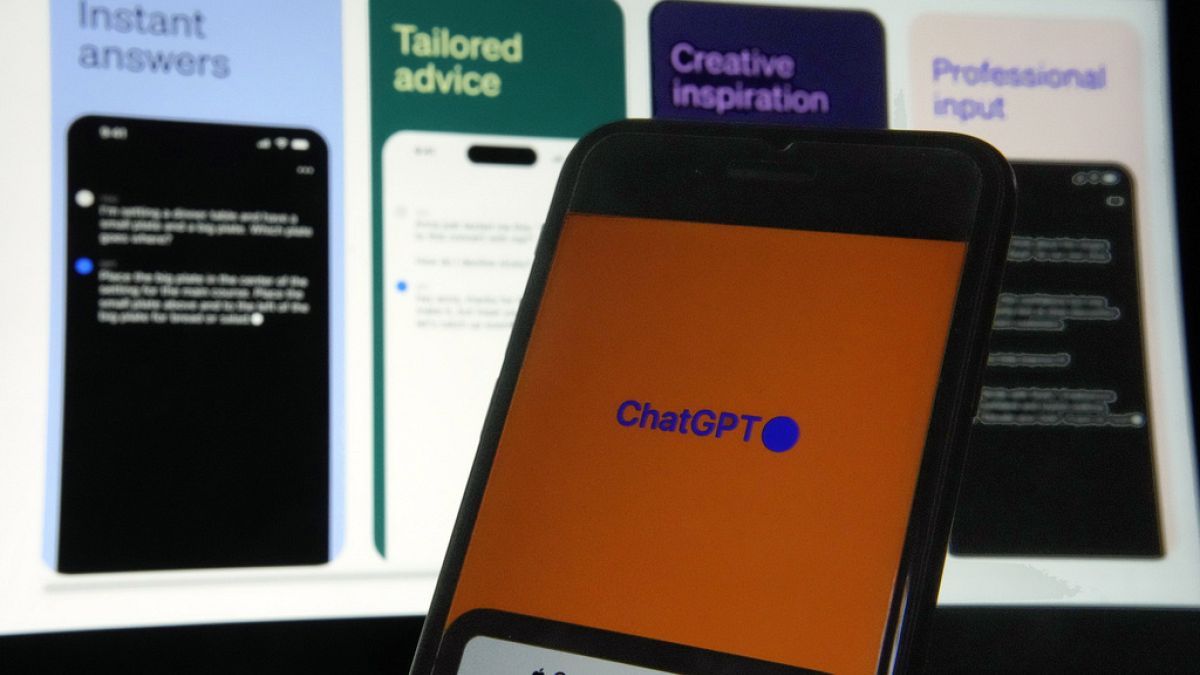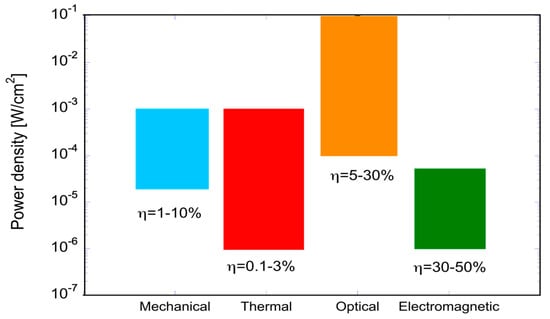
Enabling software longevity
When building products to last, it’s not enough to design the hardware to be repairable, upgradeable, and customizable. The overall longevity of devices as complex as modern notebooks also depends on how long the software and firmware continues to be useful. That includes compatibility updates to support newer generations hardware modules, fixes for bugs or compatibility issues found by end users, and especially patches for security vulnerabilities. We recognize that we have fallen short of where we need to be on software updates, and we are making the needed investments to resolve this.
We now have a dedicated team of engineers at our manufacturing partner and a set of internal stakeholders focused on ongoing software updates for all of our products, going back to our original Framework Laptop with 11th Gen Intel Core. In the past, we were reliant on ad-hoc availability of engineering time from our suppliers (basically borrowing staffing from whichever new product development we had ongoing). This was inconsistent and resulted in slow progress. With a dedicated team, there is no longer resource contention, and we are able deliver shorter turnaround times from discovering issues to resolving them.
We are rotating the team between each of our previously launched platforms based on the updates we need to make, like security fixes from upstream suppliers, community-reported bugs, and in some cases, new features and functionality. Our overall software release process for firmware and drivers is now as follows:







/image%2F6283631%2F20210518%2Fob_919b9b_ubuntu-software-center-in-kali-linux.jpeg)















